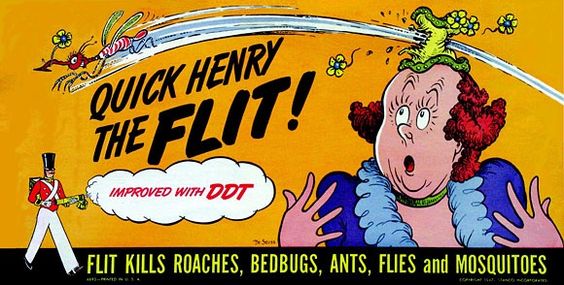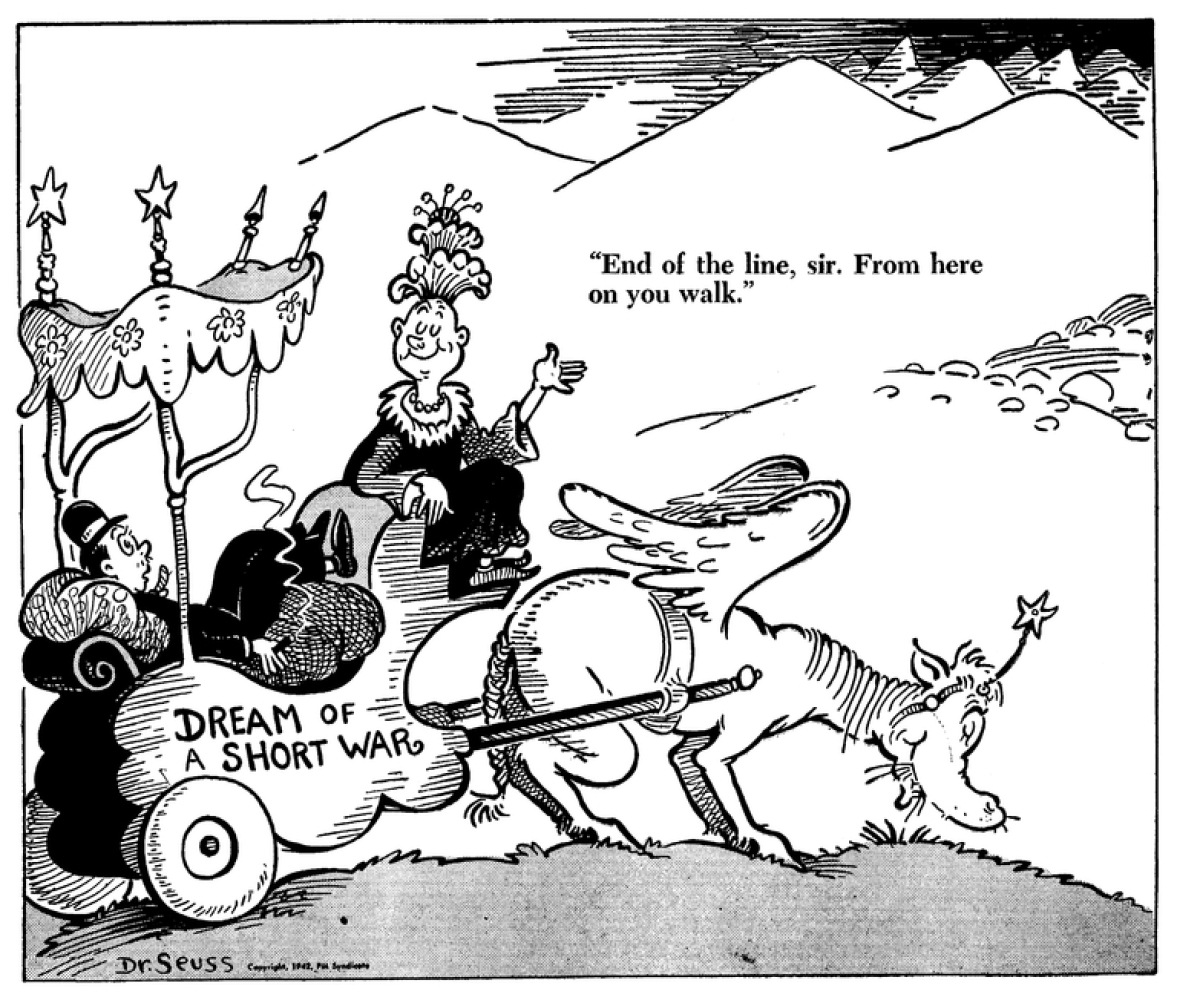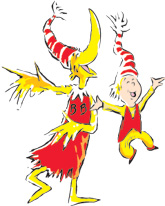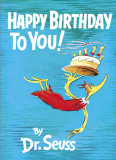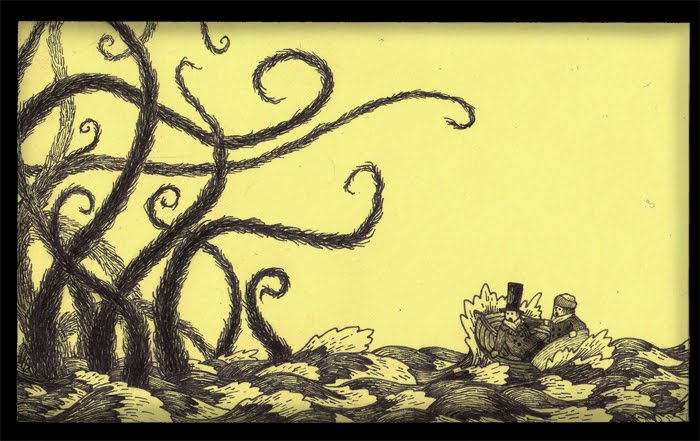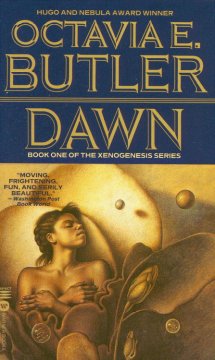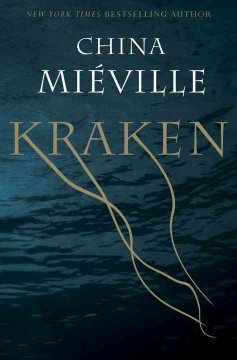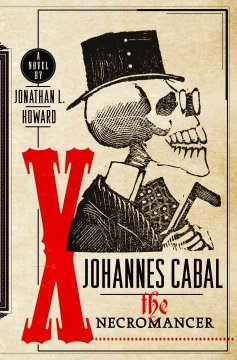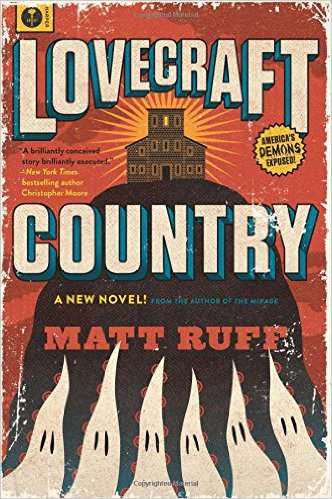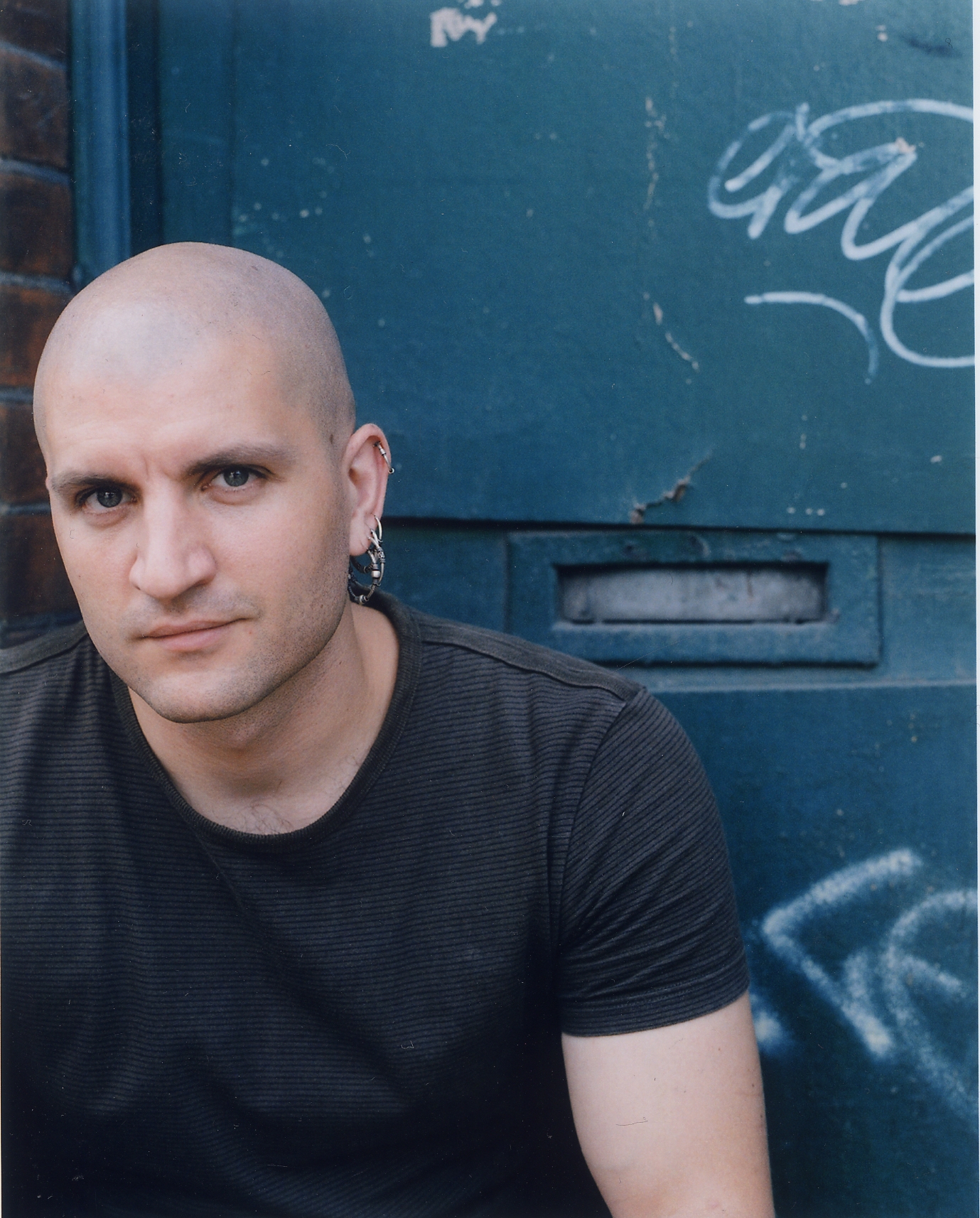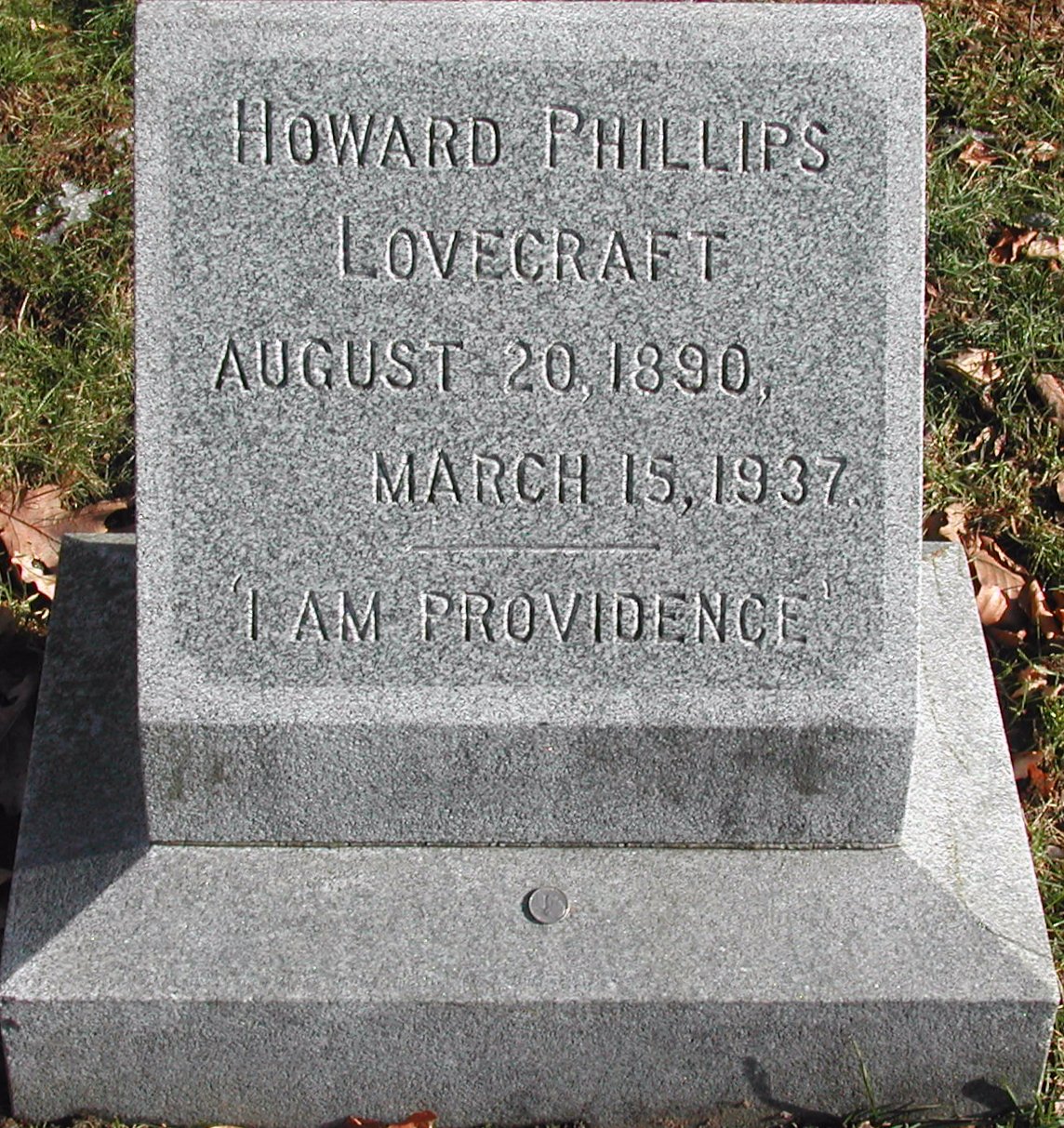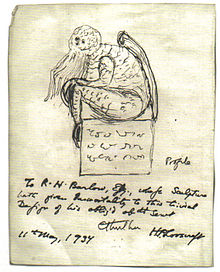
It is that time, again, dear patrons, when we genre-reading, happy-ending loving, romance readers offer you some of our thoughts on the books we’ve been reading, and the fun we’ve been having while giving our minds a little dirt in which to grow…
Bridget:
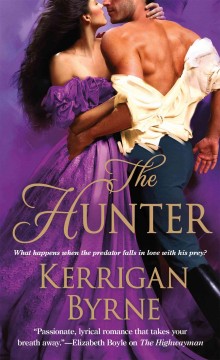 The Hunter by Kerrigan Byrne
The Hunter by Kerrigan Byrne
My favorite romance novel of all time ever is Lord of Fire by Gaelen Foley…we’ve a number of her books, but not that one, sadly…but anyways, I loved that book because it presented two utterly stereotypical characters–and then preceded to peel away their stereotypes and pretenses, and façades, one by one, forcing them to confront each other as they really were, and come out the better for it. I haven’t found a book to quite rival that reading experience…until now.
Christopher Argent is an assassin, one of the most lethal and the most feared in Europe. But when he’s hired to kill renowned actress Millie LeCour–he can’t. There is something about her that is so vital, so alive, that Argent simply can’t bear to hurt her. Instead, he promises her security, and help in discovering who wants her dead (and why) in return for one night in her bed. And while Millie’s world is turned upside down by the request, it’s Argent who suddenly finds himself totally out of his depth. Because he realizes that he cares about Millie–and her young son–far more than he imagined himself capable of doing. And that in itself is dangerous for a man who has trained himself not to care for anything, especially as he promised to leave Millie alone forever, once the danger against her has passed.
Though she’s excellent at weaving complex, surprising story lines, Byrne is a marvel at crafting characters. There is never a moment where Millie feels like a traditional Damsel in Distress, which endeared me to this book immediately. And, for that matter, even though I tried hard not to like Argent (because he’s an assassin that that isn’t very nice), she did such a good job showing how and why he became the man he did that it’s impossible not to feel for him–especially after meeting his arch-nemesis, who is skin-crawlingly awful. There is so much insight, and so much care put into developing these characters–and in deconstructing all their former assumptions about themselves and each other–that I couldn’t put this book down. Byrne also injects a fair bit of humor into the story, which might seem impossible given the lives that Millie and Argent have led, and the tangle of thwarted desires and evil deeds that have got them to this point, but their coming together is a beautifully awkward, blisteringly hot, and genuinely moving story.
For those looking for more of Byrne’s terrific work, be sure to check out the first book in the Victorian Rebels series, The Highwayman, which is on our shelves, as well!
Kelley:
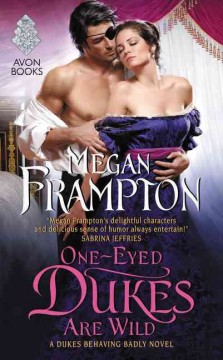 One-Eyed Dukes are Wild by Megan Frampton
One-Eyed Dukes are Wild by Megan Frampton
The third book in Frampton’s Dukes Behaving Badly series pairs unlikely couple the proper Duke of Lasham and the scandalous Lady Margaret Sawford. Having inherited the title along with its awesome responsibility at a very young age, the Duke of Lasham takes his position in society very seriously. As a consequence, his reserved behavior is proper verging on stiff and that coupled with his forbidding appearance has led to an existence that involves few friends and far too little happiness. When the Duke of Lasham meets Lady Margaret, he finds himself ready for those things to change.
Having refused a suit encouraged by her parents two years ago, Lady Margaret is estranged from her mother and father, and considered to be firmly on the shelf. Instead of lamenting her situation, Lady Margaret takes advantage of the freedoms that being a scandal with a sister who is a duchess allows. She speaks her mind, plays cards like a shark and writes magazine serials to support her own needs, and spends her time defending the rights of women who don’t have the benefit of her station in society. Initially intrigued by the Duke of Lasham’s dangerous appearance, she ultimately makes it her mission to learn more about the man who hides behind his eye patch and irreproachable reputation. What ensues is a series of adventures and romantic interludes that lead two people to happiness when they never expected to find it.
Overall, I’d have to give this romance a mediocre review. The Duke and Lady Margaret are intriguing characters and their relationship is sweet, but this book left me wanting more especially in the way of conflict and information about both the hero and heroine’s families. Also, the interspersed stories by the Lady of Mystery didn’t work for me. Although I started this series with the third book, I had no trouble following the story. It’s possible that the first two books offer some information that I felt was missing here, but I guess that’s a post for another blog entry.



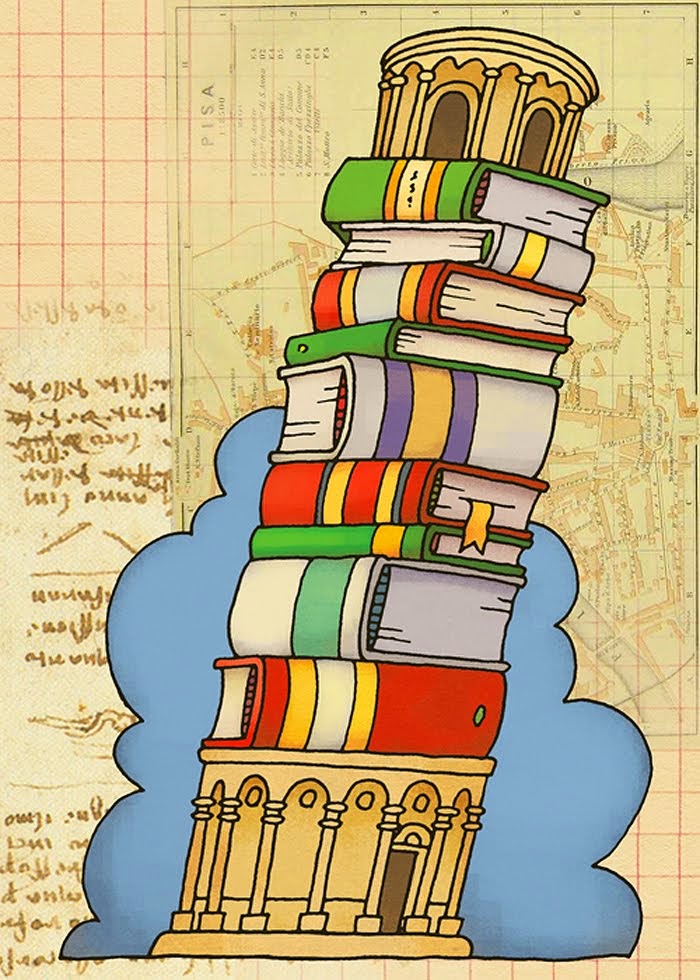
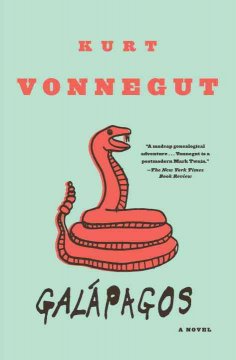

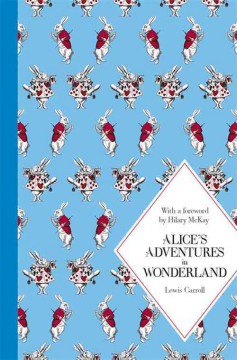
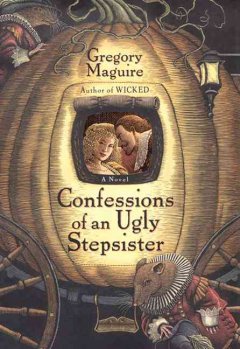
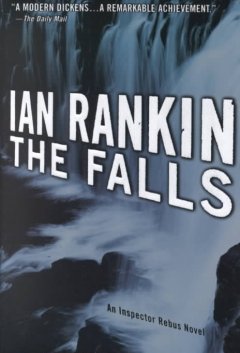
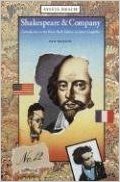



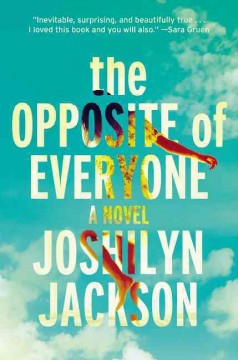
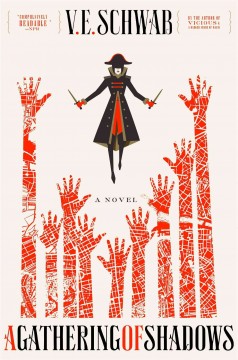

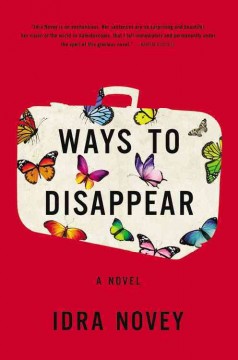
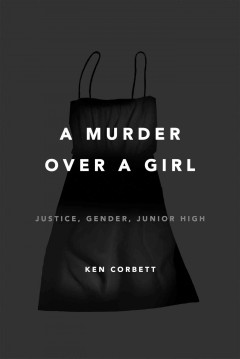
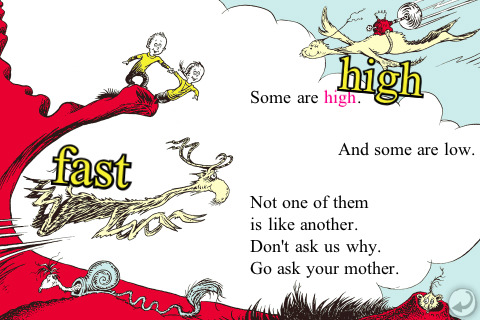
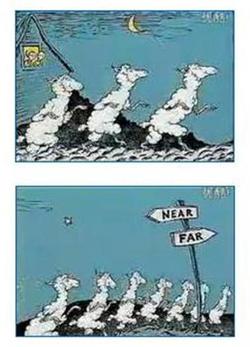
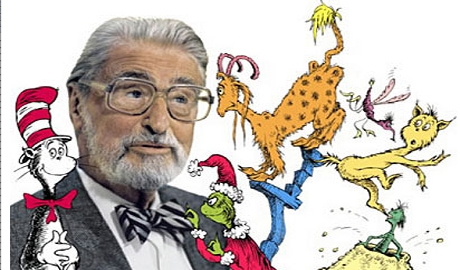 Those of you who frequent our Children’s Room will have seen the above-the-stacks display of Dr. Seuss books, featuring everything from
Those of you who frequent our Children’s Room will have seen the above-the-stacks display of Dr. Seuss books, featuring everything from 